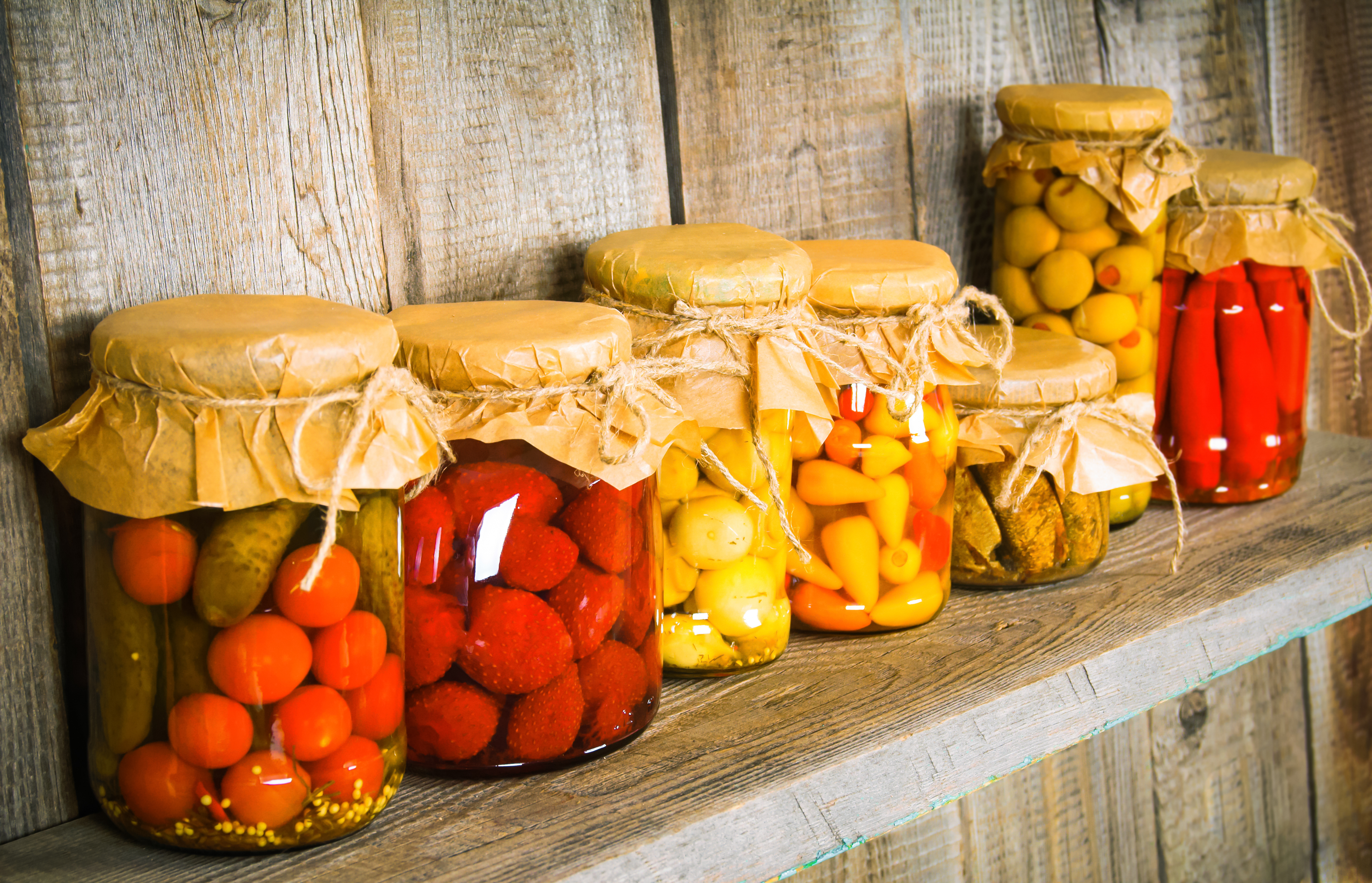
Why You Need A Root Cellar
What Are The Benefits Of Owning A Root Cellar? Food placed in the refrigerator doesn't spoil for some time. That's why people who have refrigerators could buy a whole week supply of food. Meat, fish, vegetables, and fruits can be kept in the freezer for a long period of time without spoiling them. In the market you will notice some fish are stored inside the containers with ice in it to keep them fresh. Benefits like this can be had by owning your own modern root cellar. The article “ freeze-drying fruit is top technique for retaining nutrients: study ” on foodnavigator. Com notes: “research conducted by sheffield hallam university found that freeze-drying strawberries resulted in zero loss of vitamin c and phenolic content an minimal losses in total antioxidant capacity (tac) – only 8%. In contrast, fresh strawberries chilled for equal time showed a vitamin c loss of 18%, a tac loss of 23% and a massive 82% loss in phenolic content. ”. This is where i fell off the path and went off on my own. It worked, so as long as you follow the basic rules of hygiene and boiling, you will get there in the end.
read more →
Thoughts On Preserving Root Vegetables
On This Page Use a Root Cellar to Store Your Root Vegetables Are root cellars just for root vegetables? Use a Root Cellar to Store Your Root Vegetables A root cellar (american english) or earth cellar (british english) is a structure, usually underground or partially underground, used for storage of vegetables , fruits , nuts , or other foods. Its name reflects the traditional focus on root crops stored in an underground cellar , which is still often true. A wide variety of foods can be stored for weeks to months, depending on the crop and conditions. The structure may not always be underground. A unique cookbook that includes complete instructions on how to plan and build a root cellar -- no matter where you live (condo, townhouse, or even warm climates). Once you've nailed the storage, you'll find delicious recipes to use up your stored bounty. (the test kitchen inc. 2010-12-01) whether you grow your own vegetables, buy shares in a local csa or have a neighbour with an emerald green thumb, preserving the harvest over the winter can be a challenge. If you don't own so much as a single mason jar, cold storage can be the answer,
read more →
Safety Is The First Priority In Your Root Cellar
On This Page FOOD SAFETY AND PRESERVATION A Note On Food Safety Food Safety & Processing FOOD SAFETY AND PRESERVATION National center for home food preservation website at http://nchfp.Uga.Edu/site includes science-based information on home food preservation, publications and links to other extension sites. The center was established with funding from thecooperative state research, education and extension service, u. S. Department of agriculture (csrees-usda) to address food safety concerns for those who. About us the national center for home food preservation is your source for current research-based recommendations for most methods of home food preservation. The center was established with funding from the cooperative state research, education and extension service, u. S. Department of agriculture (csrees-usda) to address food safety concerns for those who practice and teach home food preservation and processing methods. Read more. The uc master food preserver mission statement is "to teach research-based practices of safe home food preservation to the residents of california. "this website is devoted to sharing information about food safety and safe ways to preserve food at home. It provides links to many of the other related resources available to you. If you cannot find what you're looking for on this website, use our mfpoc helpline to
read more →
Root Veggies Store Well In A Cellar
On This Page How to Store Vegetables A Cellar to Root For How to Build a Root Cellar How to Store Vegetables There are many different ways that a root cellar can be used and items that can be placed inside – from produce to medicine. Root vegetables like: carrots, turnips, beets, parsnips, potatoes, and other root vegetables are what are best stored in a root cellar. So the next time you find a great price on can time, you can stockpile. Think canned food, medicine, produce, and tools as great options. It can be used a shelter from tornadoes, or a place of safety in a time of emergency. Storing crops in a root cellar is a great way to preserve the harvest. But if you don't have one already, don't despair. It's fairly easy to make a space to store vegetables at the proper temperature and humidity. Whether you're storing food for your homesteading family or selling to customers throughout the fall, winter and early spring, storing vegetables in a root cellar can be a key strategy in small-scale farming. Cold storage room in house basement / canning storage / cold-storage unit - guide to build it -:
read more →
Get the Ventilation Right
On This Page Basement root cellar ventilation When you say the root cellar Basement root cellar ventilation The easiest option for building a root cellar is to section off a part of the basement (or maybe even the whole basement, if you live in an old farmhouse) for produce storage. Old dirt floor basements without heat are great for maintaining proper temperature and humidity levels. Select an area with an existing window if possible, and use the window for ventilation. Yes, pretty much. Traditionally, root cellars were often built in the earth underneath pioneer homes to keep food from freezing over winter. These days basements are still a great place to build a root cellar. This below-ground space is naturally cooler. Choose one corner of your basement (ideally the northeast or northwest corner), build two insulated walls to define your root cellar space in the basement, then install an insulated door and shelves. You’ll also need to install two 4” diameter vents to the outdoors. One vent opens at ceiling level, and the other one at floor level. This encourages ventilation of the entire root cellar space, and that’s important for two reasons. First, you’ll want to admit a controlled
read more →